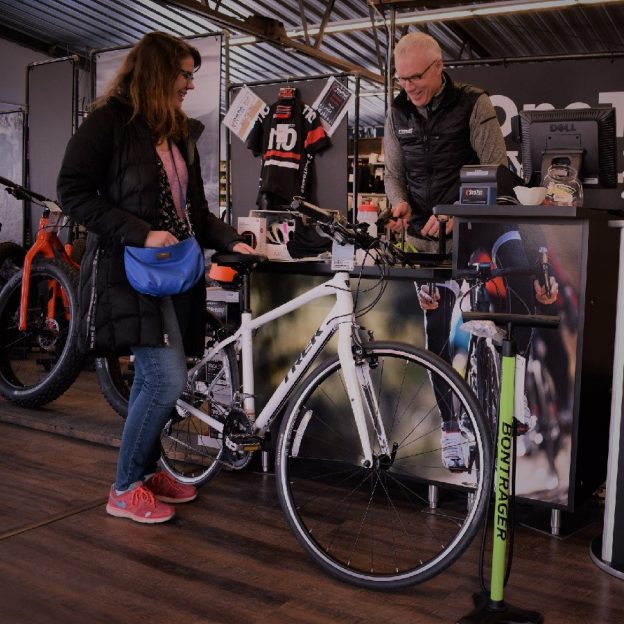Author: John Brown
-
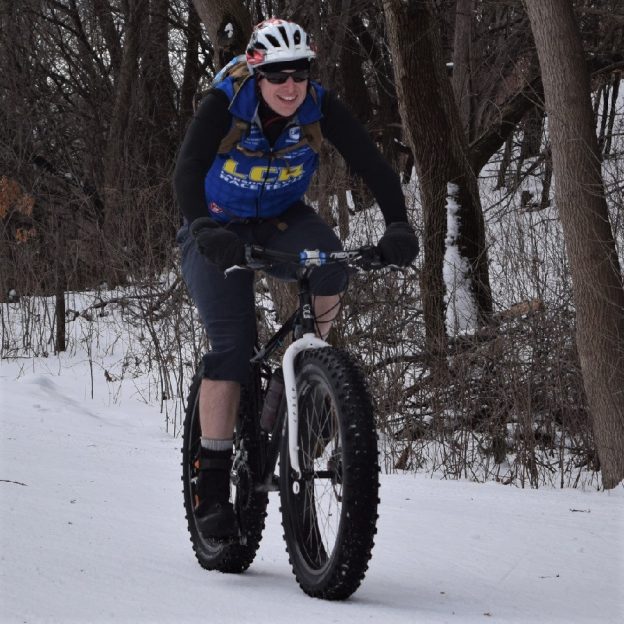
Winter riding fun with these easy cold weather tips
I can’t fight it any longer; my powers of denial are only so strong. Despite my best efforts, a change is coming, and I can do nothing to stop it. That’s right, winter is here. We just experienced a real cold snap, and snow is coming. While I can’t stop the cold elements from hitting…
-
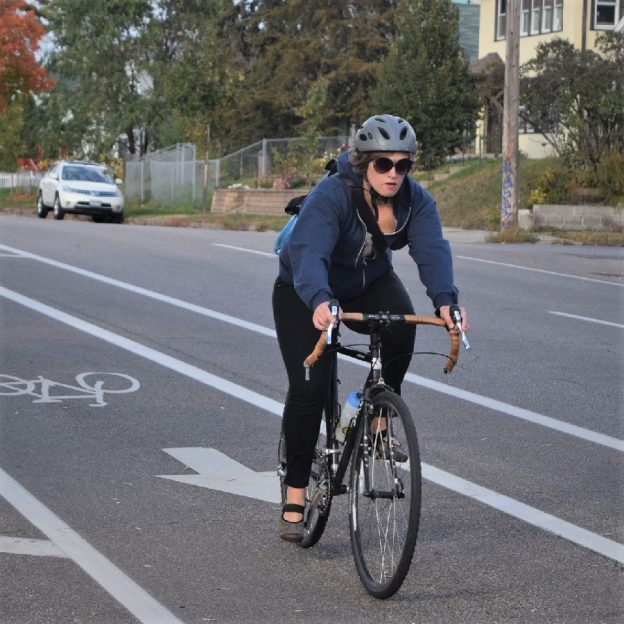
Make a resolution, 2026 could be your best bike year ever!
After all the presents are opened, and the last cookies disappear, many of us focus on the year ahead. More specifically, many of us begin the annual task of developing New Year’s resolutions for ourselves. Why not resolve to make this year your best year for bike riding by starting now?
-
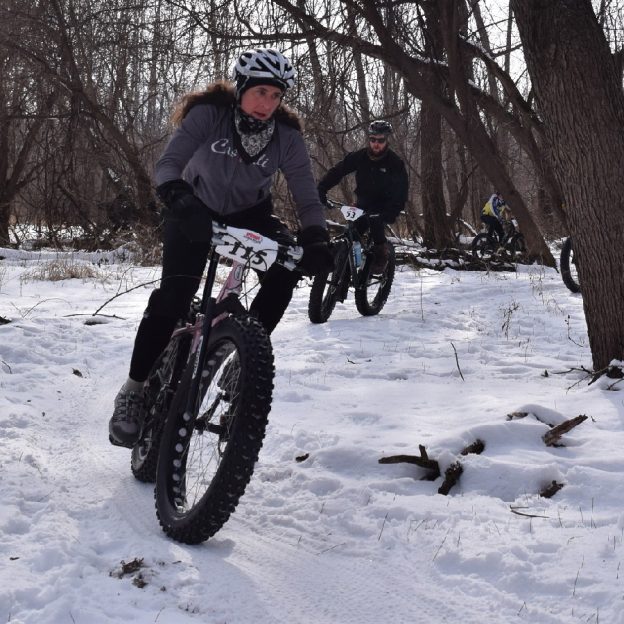
Minnesota River bottoms, a fun year-round trail network
Famous for mountain biking, hiking, fishing, and bird watching, the Minnesota River Bottoms in Bloomington, MN, offers some of the last natural trails in the Twin Cities metro. And it is an oasis for winter fat biking. At the Bloomington Ferry Bridge site, you will find one of three starting points for many outdoor adventures along…
-

Bike lights will improve your safety day and night!
No matter your bicycle riding skills, bike lights are essential to ensure a safe ride, day or night. Lights aren’t only needed when the sun goes down. In fact, lights are beneficial when riding in conditions where traffic may be present or visibility is limited. That’s where proper lighting can be a great asset. Additionally,…
-
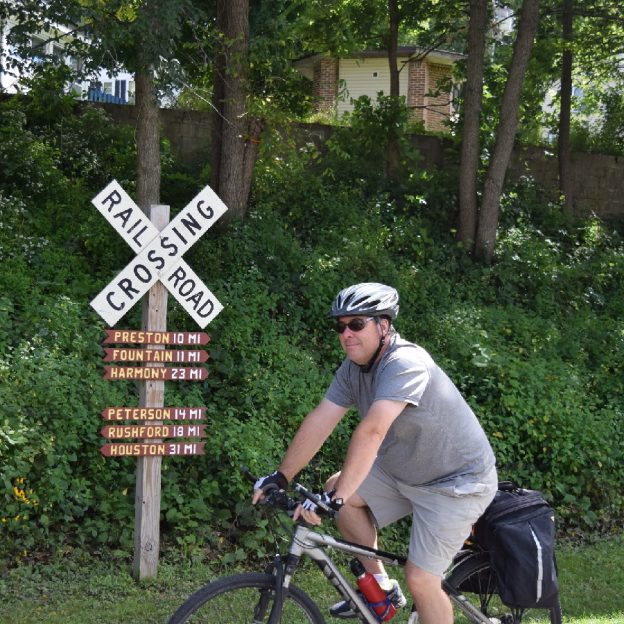
Searching for back pain causes and finding a solution biking
Over the past quarter-century, I have helped many riders get going on their bikes without back pain. I’ve been fortunate enough to witness the life-changing power of proper posture while riding a bicycle. I have also seen riders walk away from cycling due to simple discomfort and a lack of understanding. No discomfort is as…
-

Added visibility for safety and fun in fall’s limited light
Now that fall is just around the corner and the days are getting shorter, we must consider visibility while staying active amongst the autumn colors. As the leaves change and then drop, we need to focus on passive and active visibility. Features like reflectors and bright colors are passive forms of visibility, whereas lights and blinkers are…
-
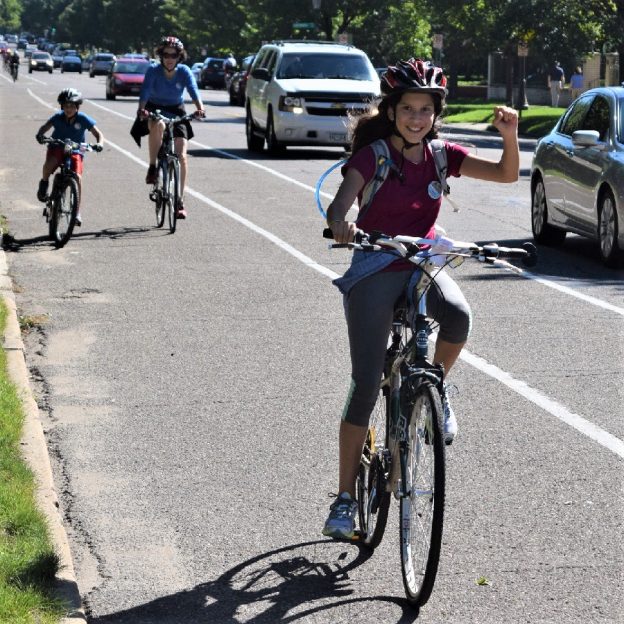
Tips and tricks to make riding to school fun, and safe
All around the country, bike paths are being built, and designated bike lanes are being established. So, riding to school can be an easy and safe option with all the colorful fall weather ahead. Many of these paths are routed from neighborhoods to nearby schools to get more kids energized by riding. To encourage your…
-
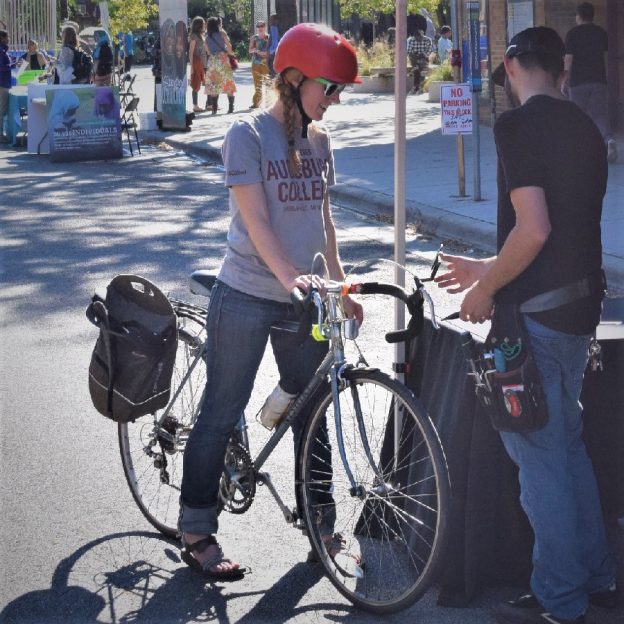
Building the ultimate commuter bike with what’s in your garage
I have used a commuter bike almost exclusively for the past twenty years. In that time, I have seen many people put off commuting by bicycle because they felt they didn’t have the right bike. While the right gear is essential, many don’t realize that the right equipment is closer than they think. Please take…
-

Being visible and noticed doesn’t end when the sun comes up
Now with spring riding soon in full swing, stay visible and noticed. Wear clothing that makes you stand out to others while riding your bike or walking. Being noticed by others is the key to avoiding accidents. Focus on the two forms, passive and active visibility, to help stay safe. Things like reflectors and bright…

